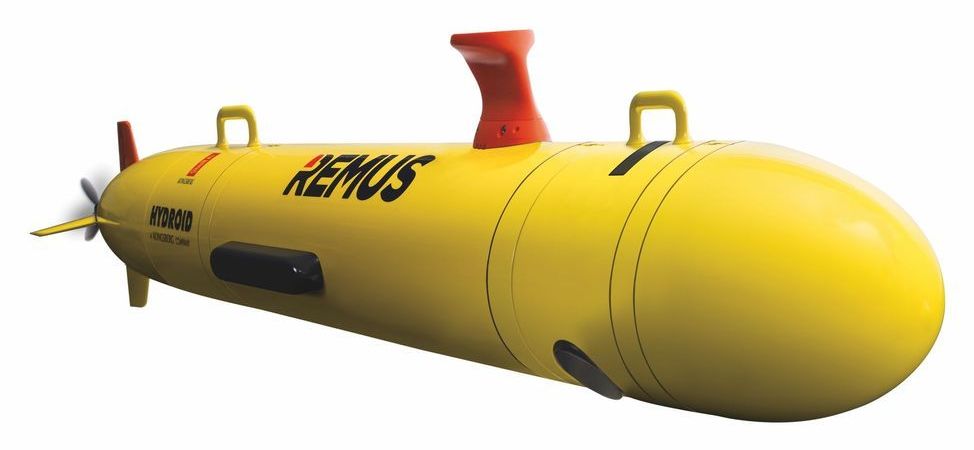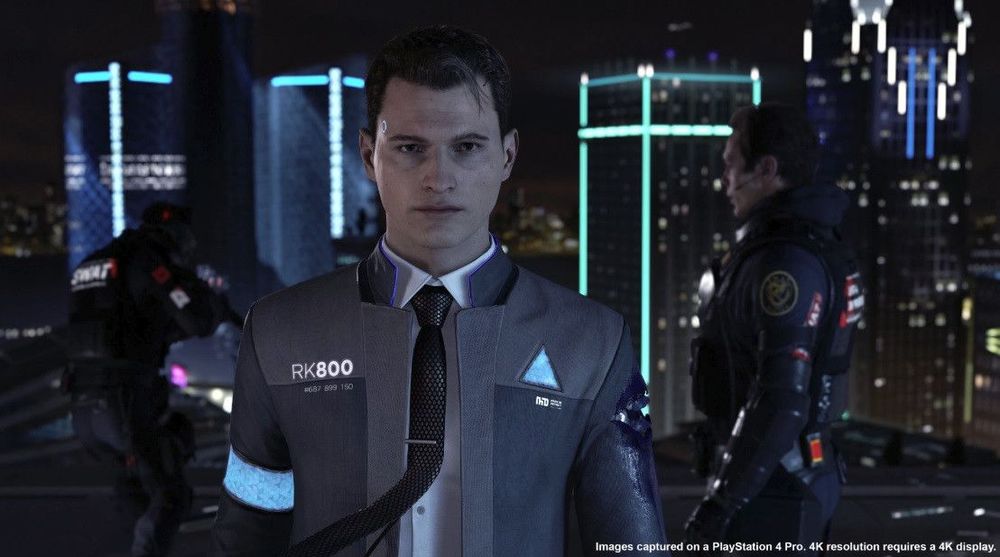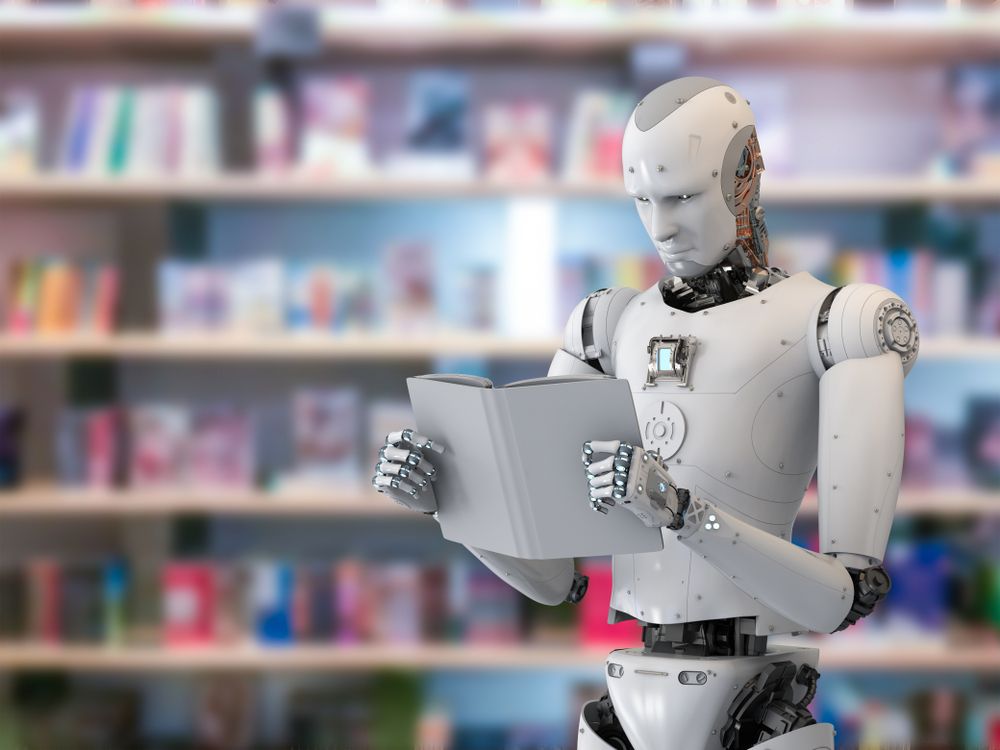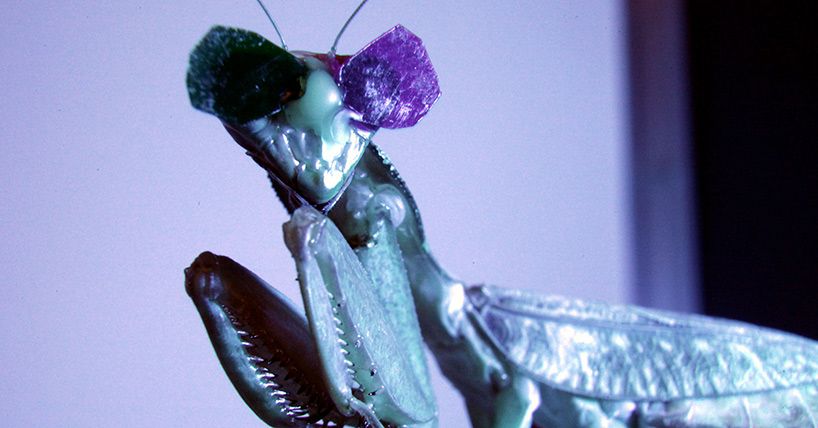DeepNude already put on its clothes.
WASHINGTON, United States—The creators of an application allowing users to virtually “undress” women using artificial intelligence have shut it down after a social media uproar over its potential for abuse.
The creators of “DeepNude” said the software was launched several months ago for “entertainment” and that they “greatly underestimated” demand for the app.
“We never thought it would be viral and (that) we would not be able to control the traffic,” the DeepNude creators, who listed their location as Estonia, said on Twitter.







 (Egor Zakharov)
(Egor Zakharov) 

